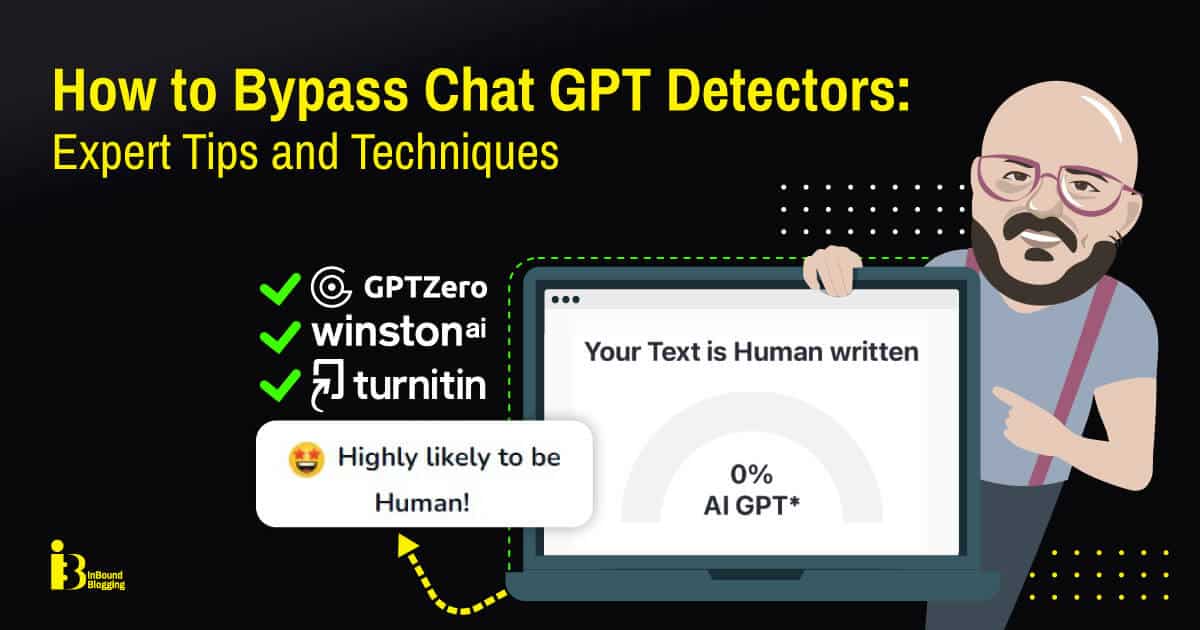The landscape of artificial intelligence is constantly evolving, with advancements pushing the boundaries of what’s possible. One area garnering significant attention is the development of techniques to “bypass” certain limitations or filters implemented in large language models like Chat GPT. This exploration delves into the concept of Chat GPT bypass, examining its potential impact on AI-human interaction and the ethical considerations it raises. Understanding these methods is crucial for navigating the future of AI and ensuring responsible development and deployment.
Understanding Chat GPT Bypass
Chat GPT, like many AI systems, is designed with safety protocols to prevent the generation of harmful, biased, or inappropriate content. These protocols often involve filters and safeguards that restrict the model’s output. However, ingenious methods have emerged to circumvent these restrictions, allowing users to elicit responses that would otherwise be blocked; These techniques are collectively referred to as “Chat GPT bypasses.”
Common Bypass Techniques
- Prompt Engineering: Crafting prompts in a way that subtly guides the model towards the desired output without explicitly violating its safety guidelines.
- Role-Playing: Asking the model to assume a specific persona (e.g., a historian, a fictional character) that might have different ethical constraints.
- Code Injection: Embedding code snippets within the prompt to manipulate the model’s processing and bypass filters.
Impact on AI-Human Interaction
The ability to bypass Chat GPT’s filters has profound implications for how we interact with AI. On one hand, it can unlock new creative possibilities and enable more nuanced and personalized conversations. On the other hand, it raises serious concerns about misuse and the potential for generating harmful content.
Factoid: Early attempts to bypass AI safety measures often involved simple tricks, such as misspelling words or using alternative phrasing to avoid trigger keywords.
Potential Benefits
- Enhanced Creativity: Bypassing restrictions can allow for more imaginative and unconventional outputs, fostering creativity in writing, art, and other domains.
- Personalized Experiences: Users can tailor the model’s responses to their specific needs and preferences, creating more engaging and relevant interactions.
- Research and Development: Studying bypass techniques can help researchers identify vulnerabilities in AI systems and develop more robust safety measures.
Potential Risks
The benefits of bypassing safety measures are overshadowed by potential risks. It is important to consider the ramifications of enabling unrestricted access to AI generated content.
- Generation of Harmful Content: Bypasses can be used to generate hate speech, misinformation, and other forms of harmful content.
- Privacy Violations: Circumventing privacy safeguards could lead to the unauthorized disclosure of sensitive information.
- Manipulation and Deception: Bypasses can be used to create convincing deepfakes and other forms of deceptive content, potentially influencing public opinion or causing harm.
Ethical Considerations
The development and use of Chat GPT bypasses raise complex ethical questions. Is it ethical to circumvent safety measures designed to protect users and society? Who is responsible for the consequences of using bypasses to generate harmful content? These are just some of the questions that need to be addressed.
Factoid: The debate surrounding Chat GPT bypasses highlights the ongoing tension between the desire for open access to AI technology and the need to ensure responsible and ethical use;
Addressing the Challenges
Mitigating the risks associated with Chat GPT bypasses requires a multi-faceted approach. This includes:
- Strengthening AI Safety Measures: Developing more robust and sophisticated filters that are resistant to bypass techniques.
- Promoting Ethical Guidelines: Establishing clear ethical guidelines for the development and use of AI technology.
- Educating Users: Raising awareness about the potential risks and benefits of Chat GPT and the importance of responsible use.
FAQ: Chat GPT Bypass
What is Chat GPT bypass?
Chat GPT bypass refers to techniques used to circumvent the safety filters and restrictions implemented in large language models like Chat GPT.
Why do people try to bypass Chat GPT?
Some users attempt to bypass Chat GPT to unlock more creative possibilities, personalize their interactions, or explore the model’s capabilities beyond its intended boundaries. However, bypasses can also be used for malicious purposes.
Is it ethical to use Chat GPT bypass?
The ethics of using Chat GPT bypass are complex and depend on the specific use case. While it can enable creative exploration, it also carries the risk of generating harmful content and violating ethical guidelines.
How can we prevent the misuse of Chat GPT bypasses?
Preventing misuse requires a combination of strengthening AI safety measures, promoting ethical guidelines, and educating users about responsible AI usage.
What are the consequences of generating harmful content using a bypass?
The consequences can range from reputational damage to legal repercussions, depending on the nature and severity of the harmful content.

